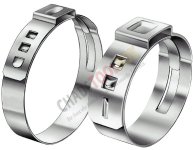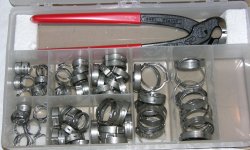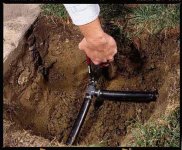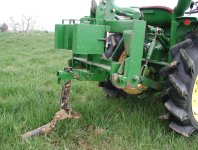RobertN
Super Member
There are tricks to irrigation. Like, most spray heads, only want a max of 25psi. If you go over 25pis, they mist instead of spray, and do not give you good coverage.
And, head to head coverage... If you turn on just one sprinkler head, it will actually be dry right next to the sprinkler head; spray or rotor. Head to head coverage takes more sprinkler, but the overall system will cover properly.
It's also important to keep spray heads with spray heads, rotors with rotors. And, keep the same brand and style on a circuit, so you have consistent matching precipitation rates.
If you are on a well, you want to make sure the well stays on. You do not want it to cycle. Either you have to have the correct number of sprinkler so it flows enough to keep the well going, or you have to add a relay to the well.
The links I provided above really help figure out gpm and psi on well systems.
And, head to head coverage... If you turn on just one sprinkler head, it will actually be dry right next to the sprinkler head; spray or rotor. Head to head coverage takes more sprinkler, but the overall system will cover properly.
It's also important to keep spray heads with spray heads, rotors with rotors. And, keep the same brand and style on a circuit, so you have consistent matching precipitation rates.
If you are on a well, you want to make sure the well stays on. You do not want it to cycle. Either you have to have the correct number of sprinkler so it flows enough to keep the well going, or you have to add a relay to the well.
The links I provided above really help figure out gpm and psi on well systems.



